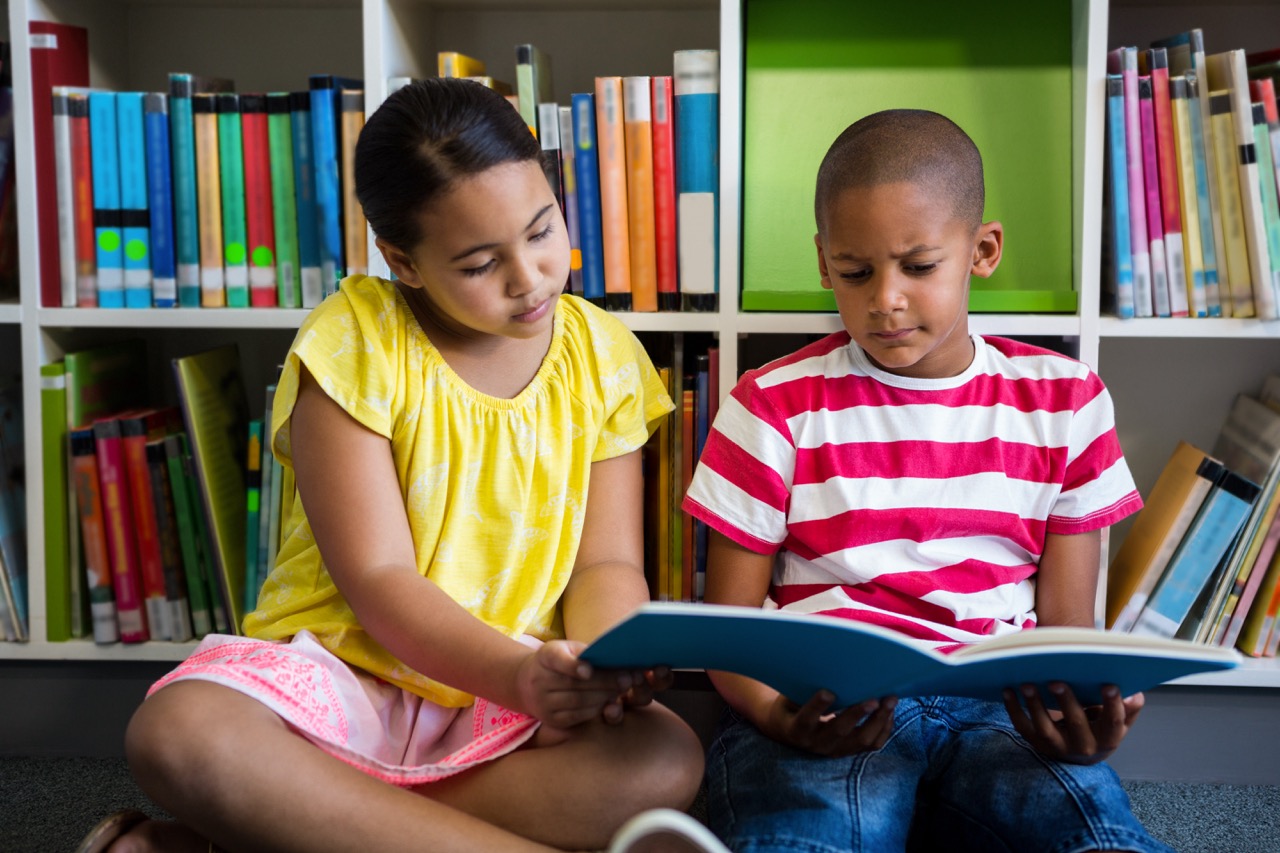The transition from picture books to chapter books marks a significant milestone in a child’s reading journey. This change signifies not just a shift in the format of stories but also an evolution in the way children engage with literature. Moving beyond simple illustrations and brief texts, chapter books introduce young readers to more complex narratives, character development, and the joys of immersive storytelling. As children grow, so too do their cognitive and literary abilities, allowing them to explore deeper themes and ideas found in longer texts.
Understanding the Journey: From Pictures to Prose
The journey from picture books to chapter books reflects a child’s cognitive and emotional development. Picture books typically serve as a child’s first exposure to storytelling, relying heavily on vivid illustrations and concise text to convey narratives. They engage young readers through visual stimuli and simple plots, helping to build foundational literacy skills. As children progress, they begin to grasp more abstract concepts, and their attention spans lengthen, paving the way for exploring chapter books.
Chapter books, typically aimed at ages 6 to 9, provide a bridge between picture books and middle-grade novels. They consist of longer narratives divided into chapters, enabling readers to digest stories in manageable segments. This format encourages sustained focus and comprehension, allowing children to delve deeper into characters and plots. The absence of illustrations on every page can also stimulate a child’s imagination, prompting them to visualize scenarios and settings based solely on the text provided.
Understanding this developmental journey is crucial for parents and educators. Encouraging this transition involves recognizing when children are ready for more complex literature while also supporting their emotional and intellectual growth. By fostering a love for reading throughout this progression, caregivers can nurture confident readers who crave more substantial literary experiences.
The Key Differences: Picture Books vs. Chapter Books
One of the most notable differences between picture books and chapter books lies in their structure and content. Picture books typically feature 32 pages filled with illustrations, often accompanied by short, simple text that tells a story or conveys a lesson. These books rely heavily on visual storytelling and are designed to engage the youngest readers through bright colors and compelling images, making them perfect for pre-reading skills.
In contrast, chapter books consist of multiple chapters, usually ranging from 60 to 120 pages or more. The narrative is richer and more complex, often featuring multiple characters and subplots. The language used in chapter books tends to be more sophisticated, which can challenge young readers to expand their vocabulary and critical thinking skills. This format promotes independent reading, as children are encouraged to read longer passages without the immediate visual cues that picture books provide.
Moreover, the themes explored in chapter books are often more mature, addressing emotions, friendships, challenges, and moral dilemmas that resonate with a child’s growing understanding of the world. This shift from the simplicity of picture books to the complexity of chapter books not only reflects a child’s developmental milestones but also their evolving interests and abilities as they become more engaged with literature.
Signs Your Child is Ready for Chapter Books
Recognizing when a child is ready to transition from picture books to chapter books is a crucial part of supporting their literacy development. One of the first signs is an increased interest in stories with less reliance on illustrations. If your child frequently asks to hear stories that are longer and more detailed, or shows curiosity about what might happen next, it may indicate readiness for chapter books. This interest often reflects a growing comprehension of narrative structure and character development.
Another sign to look for is a child’s ability to sustain attention for longer periods. If they can sit through a longer story without becoming restless, or if they express a desire to read on their own, it suggests they are ready to tackle the challenges that come with chapter books. Additionally, if your child starts to ask questions about the characters, context, or plot, it shows they are engaged and eager to understand more complex narratives.
Finally, consider your child’s comfort level with reading independently. If they are able to read simple picture books fluently and show confidence in their reading abilities, it might be time to introduce them to chapter books. This new level of literary engagement can be both exciting and empowering, providing them with the tools to explore new worlds and ideas through literature.
Tips for Making the Transition Smooth and Enjoyable
Transitioning to chapter books can be a delightful experience when approached thoughtfully. Start by selecting chapter books that are appropriate for your child’s reading level and interests. Look for series that feature engaging characters and relatable themes, as familiarity can help to ease the transition. Reading aloud together can also be a wonderful way to introduce chapter books, allowing your child to hear the rhythm of the text while still enjoying the shared experience.
Establishing a regular reading routine can also aid in making the transition smoother. Designate a specific time each day for reading, whether it’s bedtime or after school, and make it a cherished part of your child’s daily activities. This consistency helps foster a love of reading while providing structure and encouraging your child to look forward to their literary adventures.
Lastly, be patient and supportive during this transition. Every child moves at their own pace—while some may embrace chapter books right away, others may need time to adjust. Encourage discussions about the stories they read, asking questions that promote critical thinking and comprehension. Celebrate their progress, whether it’s finishing a chapter or expressing excitement about the story, to reinforce their confidence and enthusiasm for reading.
Recommended Chapter Books for Early Readers
When selecting chapter books for early readers, it is essential to choose titles that are not only age-appropriate but also engaging. A few popular recommendations include the "Magic Tree House" series by Mary Pope Osborne, which combines adventure with history in a way that captivates young imaginations. Another excellent option is "Junie B. Jones" by Barbara Park, which offers humor and relatable scenarios that resonate with children navigating early school experiences.
For those who enjoy animals and heartfelt tales, "The Tale of Despereaux" by Kate DiCamillo is an enchanting choice that weaves together themes of courage and friendship. Similarly, "The Boxcar Children" series by Gertrude Chandler Warner provides thrilling mysteries that invite readers to engage their critical thinking skills while enjoying the adventures of four orphaned siblings.
Lastly, consider the "Geronimo Stilton" series, which features whimsical illustrations and fast-paced narratives that appeal to children’s sense of fun and adventure. By offering a variety of genres and themes, these recommendations can help ignite a passion for reading in early chapter book readers while encouraging them to explore different literary worlds.
Encouraging a Lifelong Love of Reading After Transition
Once children transition to chapter books, nurturing their love for reading becomes paramount. Encourage them to explore various genres—mystery, fantasy, adventure, and non-fiction—to discover what truly captivates their interests. Libraries and bookstores often host events, reading challenges, or book clubs designed to pique children’s curiosity and foster a sense of community around reading. Participating in these activities can help children feel more connected to their literary journeys.
Establishing a family reading time can further enhance their appreciation for books. Designate a time where everyone in the family reads together, either silently or aloud, creating a shared experience that underscores the importance of reading. Discussing books together can also lead to deeper understanding and enjoyment, allowing children to express their thoughts and reactions to the stories they encounter.
Most importantly, model a love of reading yourself. Share your favorite books, talk about what you’re reading, and encourage open conversations about literature. By demonstrating that reading is a valued and enjoyable activity, you reinforce the idea that books are gateways to adventure, knowledge, and imagination. This supportive environment lays the foundation for a lifelong love of reading that can benefit your child in numerous ways throughout their life.
The transition from picture books to chapter books is an exciting journey that opens up new worlds for young readers. By understanding the differences between these formats, recognizing the signs of readiness, and providing supportive strategies for making the transition smooth, parents and educators can cultivate a love for reading that lasts a lifetime. With the right resources and encouragement, children will not only adapt to chapter books but thrive in their exploration of literature, fostering a deeper engagement with stories that will enrich their lives for years to come.










